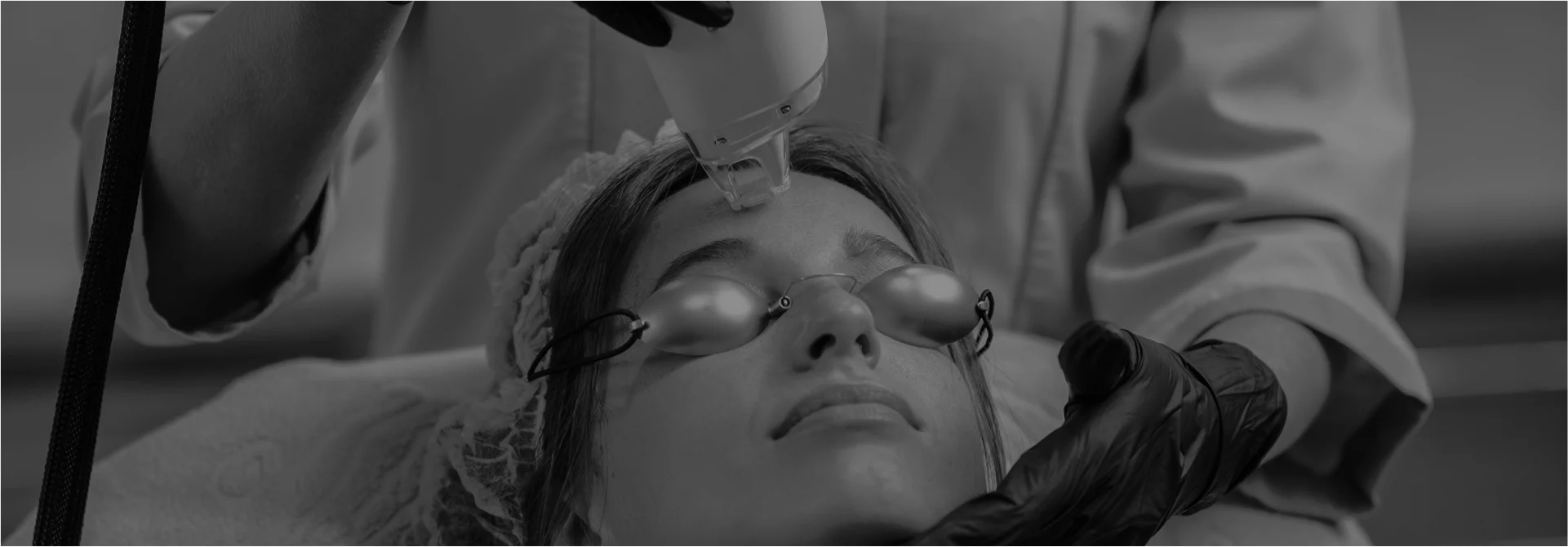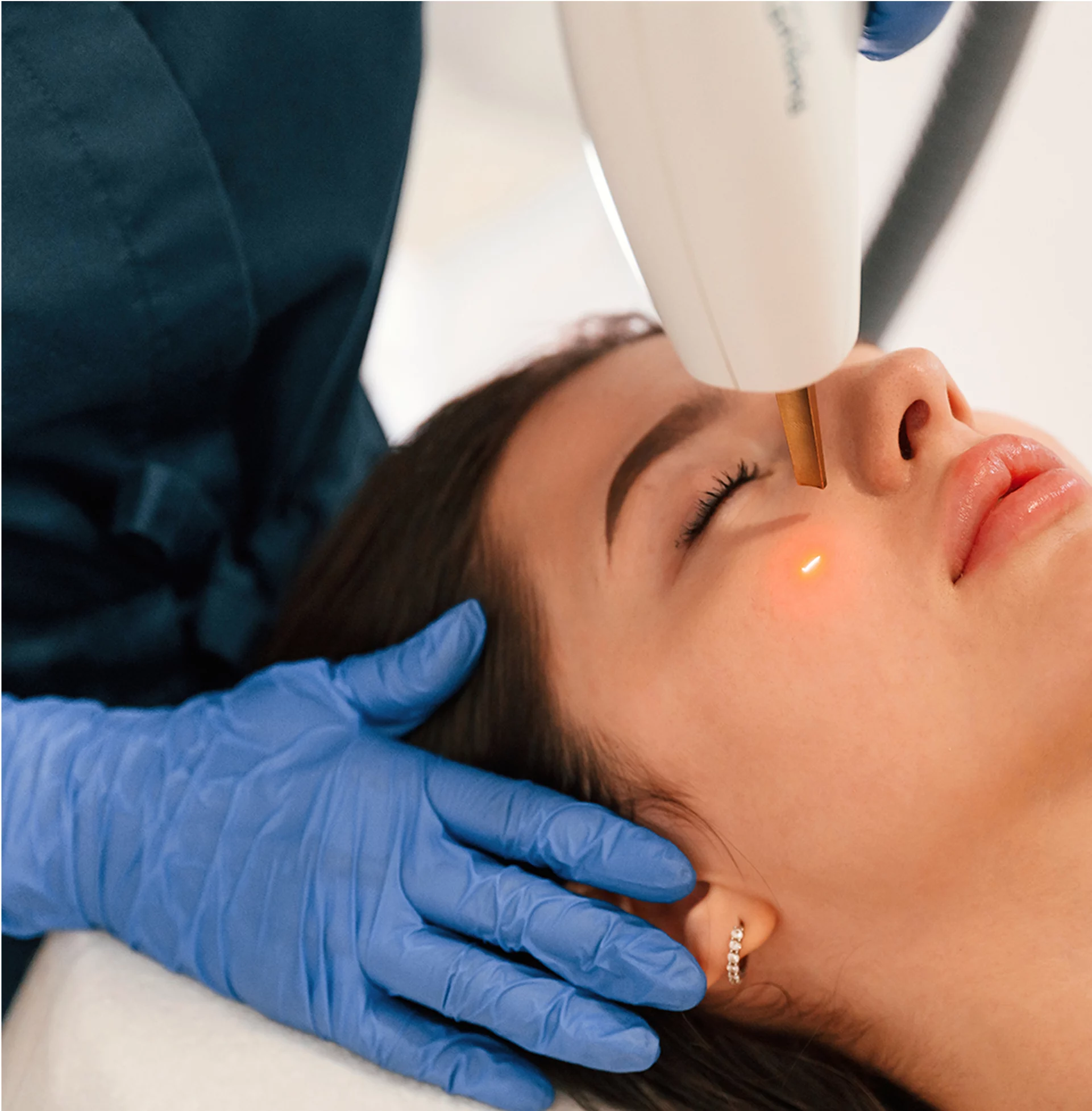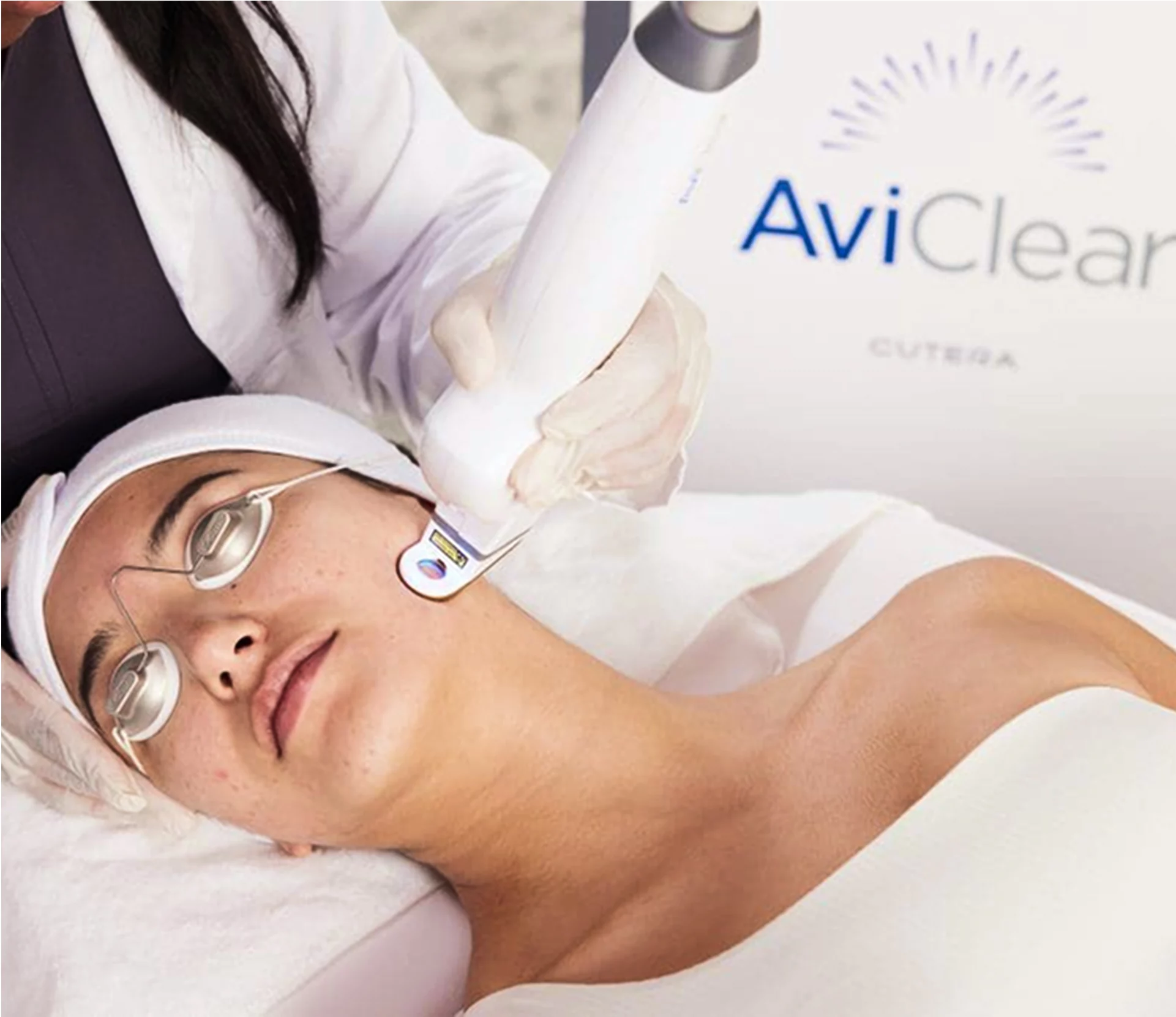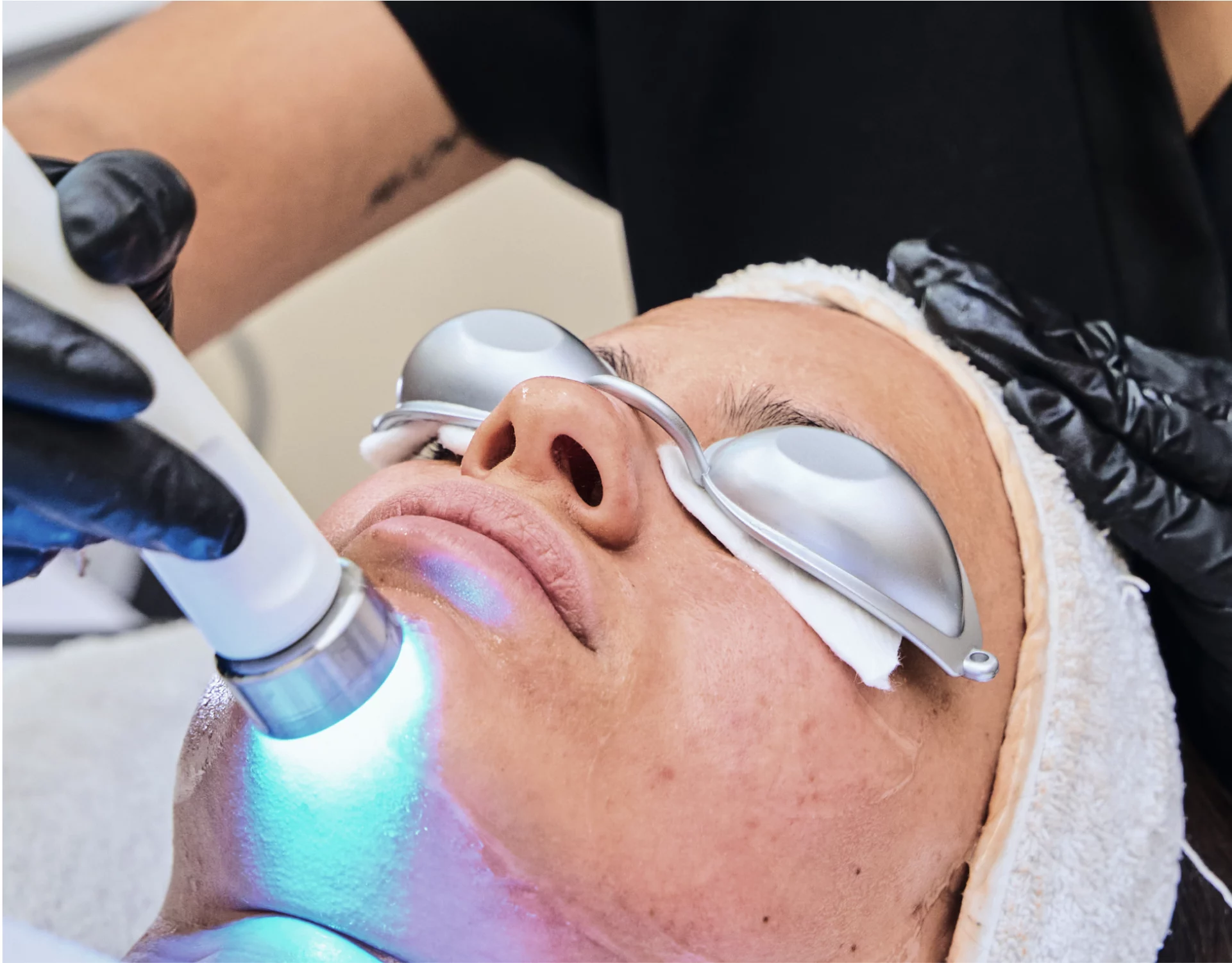By Dr. Shobhan Manoharan, Renowned Laser Specialist Dermatologist
Laser technology has revolutionised the field of cosmetic and aesthetic dermatology, offering a range of non-invasive and minimally invasive solutions for a variety of skin concerns. As a leading laser specialist dermatologist, I’ve witnessed firsthand the remarkable advancements in this field and am excited about the future of laser devices.
Current Trends and Innovations:
Precision and Customisation: The latest generation of laser devices offers unparalleled precision and customization, allowing for highly targeted treatments with minimal side effects. This is particularly beneficial for treating complex skin conditions such as melasma, acne scars, and stretch marks.
Combination Therapies: Combining laser treatments with other aesthetic procedures, such as injectables, microneedling, and radiofrequency (RF) therapies, can often produce synergistic results and enhance patient outcomes for addressing skin laxity and improving skin texture.
Focus on Natural Results: There’s a growing emphasis on achieving natural-looking results that enhance one’s natural beauty rather than creating an artificial appearance. Laser treatments, when performed skillfully, can subtly address concerns like fine lines, wrinkles, and pigmentation, resulting in a refreshed and rejuvenated look.
Future Directions:
Artificial Intelligence (AI) and Machine Learning: AI and machine learning are poised to revolutionise the field of laser dermatology. These technologies can be used to personalise treatment plans, optimise treatment parameters, and even predict treatment outcomes.
Non-Invasive Fat Reduction: While still in its early stages, laser technology shows promise in non-invasive fat reduction. Devices that utilise laser energy to disrupt fat cells are being developed and may offer a less invasive alternative to traditional liposuction.
Improved Treatments for Skin Laxity and Stretch Marks: Ongoing research is focused on developing more effective laser technologies for addressing skin laxity, including stretch marks. This may involve combining different laser wavelengths or incorporating other technologies to stimulate collagen production and improve skin elasticity.
The Importance of Expertise:
While laser technology continues to advance, it’s crucial to remember that safe and effective treatments require expertise and experience. As a dermatologist with extensive training and experience in laser procedures, I cannot emphasise enough the importance of choosing a qualified and experienced practitioner.
The future of laser devices in cosmetic and aesthetic treatments is bright. As technology continues to evolve, we can expect to see even more precise, effective, and personalised treatments that help patients achieve their aesthetic goals safely and effectively, including improved options for addressing skin laxity and conditions like stretch marks.





